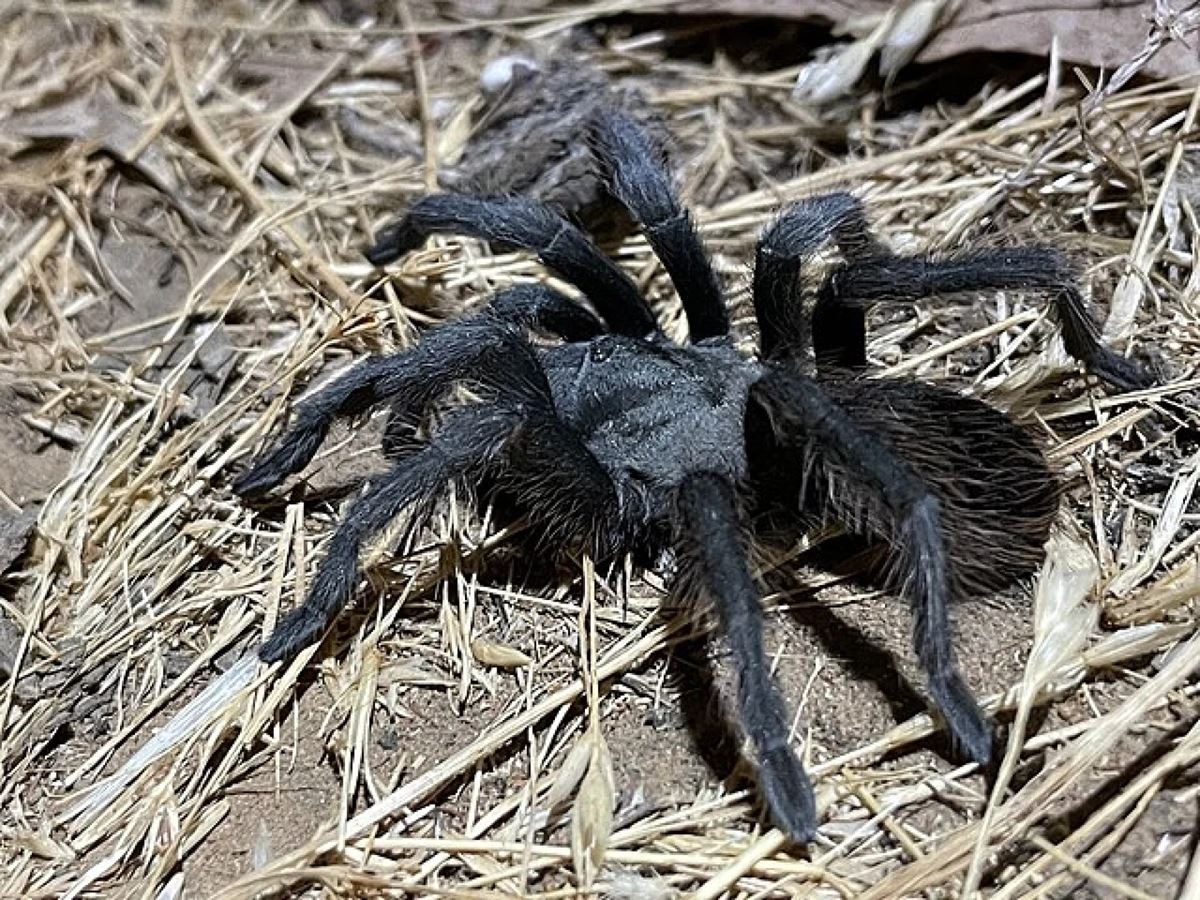
Tarantulas in SoCal
Yes, we have tarantulas in SoCal. And they’re on the march right now
By Robert Garrova
Published Jul 30, 2025
https://laist.com/news/los-angeles-activities/tarantulas-in-socal-on-the-march-explainer
Photo: "Obviously having a really big spider in Los Angeles is really cool," a local educator says. Right. Right?
Mark Valen/Wikimedia Creative Commons
Careful where you step if you’re hiking in Griffith Park or other natural areas in Southern California this summer and fall. Some particularly large eight-legged friends are on the march.
Yeah, we’re talking about tarantulas.
“A lot of people might not know that we have tarantulas here. They think of them as, you know, some animal you would find in maybe even another country or way out in the desert,” Tyler Young, an educator at the L.A. County Natural History Museum, told LAist.“I mean, obviously having a really big spider in Los Angeles is really cool,” Young added.The one you might come across now is the Steindachner’s ebony tarantula, which can grow to about 5 inches. If you’re flashing back to the movie Arachnaphobia, don’t.
“Typically, you can just leave them alone, and they’ll do their own thing. ... They’re very docile animals, the ones that we have here in California,” Young said. The march to find a mate will last through the fall in SoCal, when the desert tarantula and California ebony tarantula typically scurry out of their burrows. If you do come across these fuzzy arachnids, the sad thing is, it’s likely one of their last outings.
Mature males leave their burrows this time of year to mate and die within a month or so, said Rick Vetter, a retired research associate at the UC Riverside Entomology Department. “My advice is just to leave the tarantulas alone and cheer them on their way to making more babies,” Vetter said. If you’re lucky enough to have a pool this summer, take heed, though. Vetter said he’s heard stories of tarantulas falling into backyard pools. People will fish them out only to be surprised when they reanimate. “It freaks people out," he said. "Basically they fall in the pool, they shut down their breathing apparatus, and when you pull them out, they eventually recover."
Levity aside, Vetter said these fuzzy arachnids are worth a bit of reverence. He likens spiders like black widows to weeds that grow rapidly and are far more common. But male tarantulas have a lifespan of about eight years. And the females they’re scuttling to find right now can live more than two decades. “Tarantulas are like the sequoias," Vetter said. "They take decades to mature sometimes, and people should respect that."
